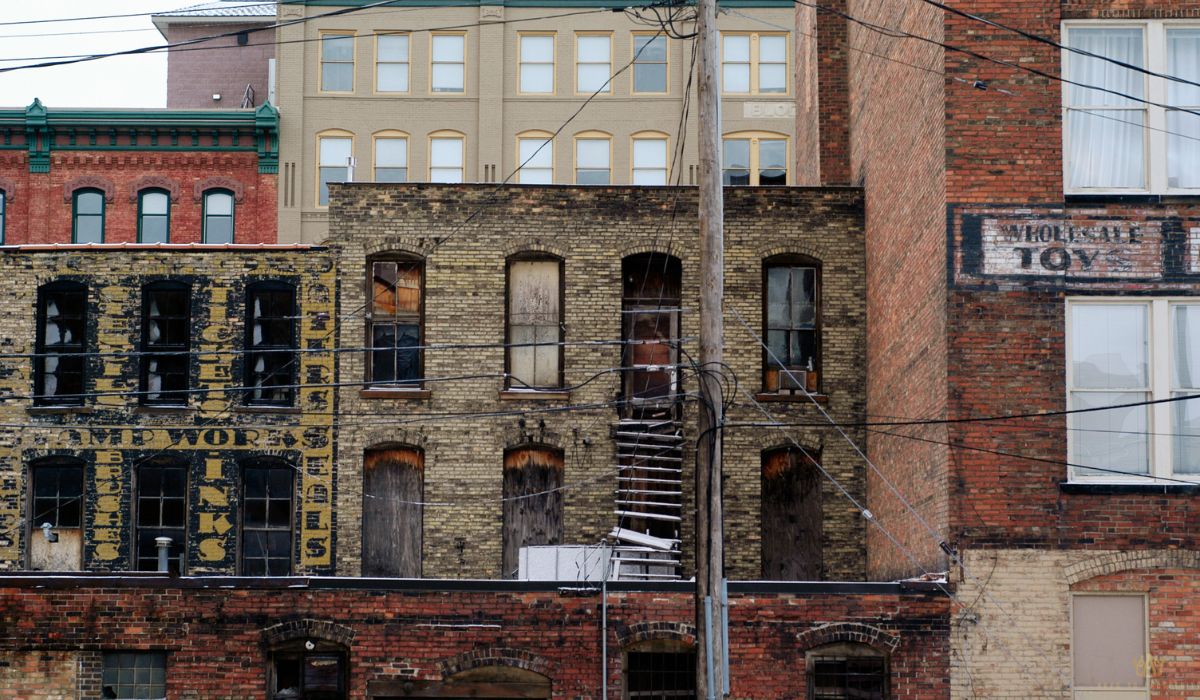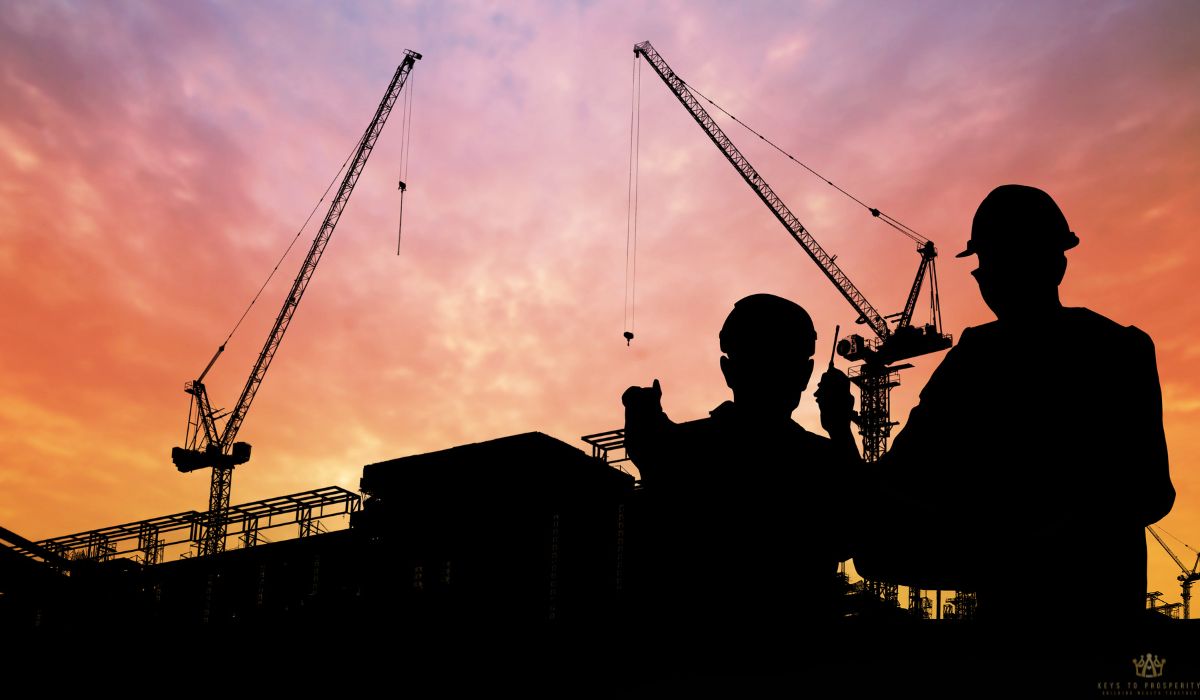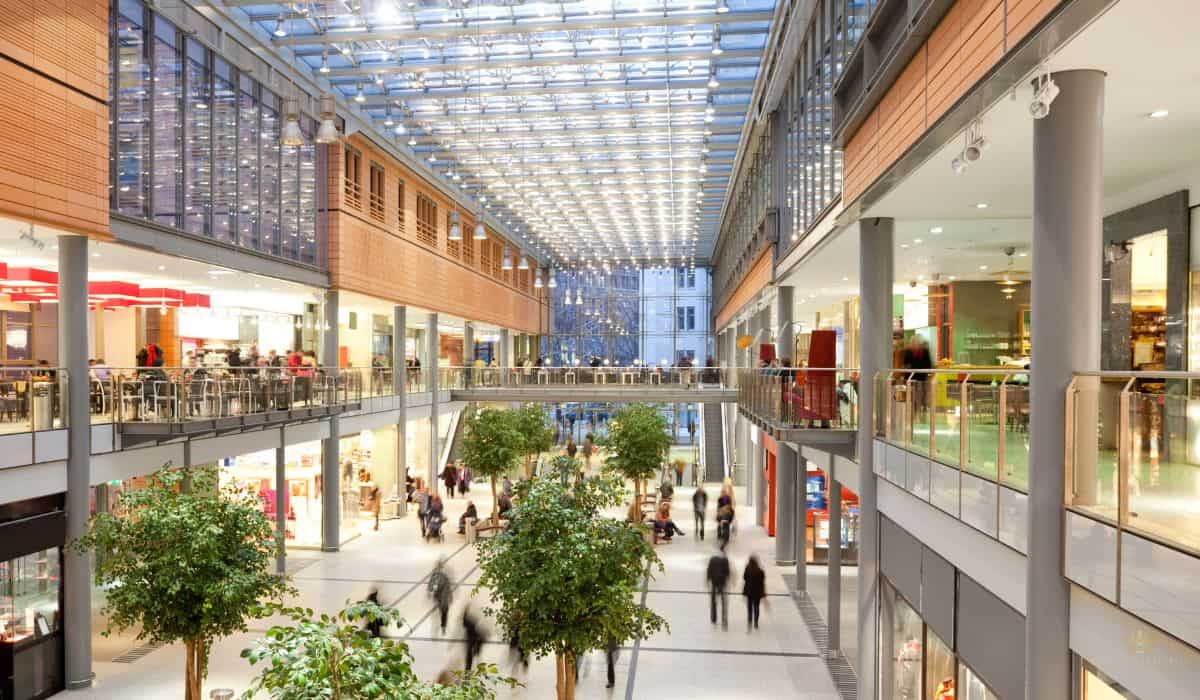
Did you know that a shift is happening in commercial real estate, including office buildings? We’re seeing warehouses, factories, healthcare centers, and hotels get a rejuvenation.
Many developers are catching on that transforming underutilized buildings into something useful again is not only smart, but also profitable.
From our experience, a thoughtful adaptive reuse strategy for commercial buildings can unlock serious returns, especially when it’s done with a blend of vision, planning, and practicality.
This guide was created for folks like property owners, developers, planners, brokers, and sustainability advocates who want to understand exactly how to turn existing structures into vibrant, functional, and future-proof spaces.
We’re diving into the how, why, and what to watch out for when choosing this increasingly popular path in commercial real estate.
Coming off our post on value-add commercial properties? This article builds on that momentum. Our upcoming piece on creating a commercial real estate development timeline management plan will go deeper into project logistics.
If you’re looking for big-picture strategy, don’t miss our full value-add commercial real estate strategy guide that ties all these pieces together.
Short Summary
- Adaptive reuse is reshaping not just office buildings, but also hotels, warehouses, factories, and healthcare spaces across the country.
- A well-planned adaptive reuse strategy for commercial buildings supports sustainability, saves on construction costs, and aligns with changing urban needs.
- Key steps include property assessment, financial planning, design integration, and understanding regulatory frameworks.
- Successful projects often repurpose underutilized assets in high-demand locations by blending modern functionality with historic character.
- Long-term viability depends on careful planning, energy-efficient upgrades, and reducing neighborhood disruption.
Understanding The Benefits Of Adaptive Reuse For Commercial Properties
Before diving headfirst into a new build, it’s worth asking, can an existing building be reimagined instead? A smart adaptive reuse strategy for commercial buildings brings more than cost savings. It creates lasting value that hits environmental, economic, and cultural goals in one go.
Adaptive Reuse Aligns With Sustainable Development Goals
Adaptive reuse is one of the most effective ways to support sustainable urban development. It keeps historic structures out of landfills and reduces global carbon emissions tied to new construction.
We’ve seen cities prioritize the repurposing of existing buildings as part of their broader urban development plans, like what happened in Buffalo, New York’s Adaptive Reuse Program in 2008.
For example, a vacant warehouse near a transit hub is turned into a sleek office space with a green roof and energy-efficient systems.
With this transformation, the area becomes a model for local sustainability, boosting its walkability without needing new roads or utilities.

Lower Construction Costs And Tax Incentives
Working with older buildings often costs less than ground-up building projects, especially when materials and structural elements can be reused.
We’ve seen cases where developers saved over 20% on build costs by retaining the foundation and steel frame of a historic building.
Tax perks help too. Historic tax credits and government incentives can offset the renovation budget in meaningful ways.
For example, one group we know of renovated an outdated structure into retail spaces and pocketed both state and federal tax incentives, making the numbers work beautifully.
Meeting Evolving Market Demands In Urban Centers
Adaptive reuse in commercial markets allows developers to respond to changing tenant needs. Today’s companies want functional spaces with character. Think historic architecture paired with modern amenities.
We’ve seen demand spike for mixed use developments that combine office buildings, shops, and even wellness centers under one roof. Repurposing vacant office buildings near growing neighborhoods helps meet evolving market demands without waiting two years for a buildout.
Fighting Urban Sprawl While Creating Vibrant Spaces
Instead of stretching out into untouched land, adaptive reuse projects help fill gaps in the built environment.
This approach helps cities combat urban sprawl while preserving their cultural heritage. A good reuse project doesn’t just add space. It creates a new story for the block it sits on.
That’s the real win: adaptive reuse offers a sustainable alternative that honors the past while investing in a sustainable future for future generations.

Key Considerations For Implementing An Adaptive Reuse Strategy For Commercial Buildings
There’s a lot more to adaptive reuse than just sprucing up an older building. The right plan makes the difference between a project that adds long-term value and one that quickly burns through the budget. Let’s break down what to look for before jumping in.
Assessing Existing Structures For Suitability
Not every existing structure is a good fit for reuse, so the first step is a full evaluation.
- Check the bones. Is the foundation solid? Is the framing structurally sound?
- Review past use. Former industrial buildings or healthcare buildings may have environmental or zoning issues to clear.
- Location matters. Underutilized buildings in high-demand zones usually carry the most potential for success.
For instance, imagine reviewing a mid-century office building near a transit hub. If it still meets seismic standards and allows for easy reconfiguration, that’s a strong candidate for a value-add commercial real estate strategy.
Navigating Building Codes And Blending Old With New
Updating historic structures means navigating a thicket of building codes, and it’s not always straightforward. There’s often tension between keeping the historic architecture intact and installing necessary modern systems.
Projects stall when teams don’t plan for extra approvals tied to historic preservation. The fix? Loop in code consultants and preservation experts early to avoid getting blindsided during construction.

Financial Planning And Incentives
A smart financial model keeps surprises to a minimum. Along with traditional financing, make room for:
- Historic tax credits (both federal and state)
- Local government incentives for revitalization or sustainability
- Reduced material costs if existing elements can be reused
Picture a team revamping a former factory into mixed use developments. They tapped into multiple funding streams, including city grants and energy-efficiency rebates, to keep things moving.
Long-Term Sustainability And Careful Planning
This isn’t just about the build. Careful planning ensures the space remains viable in the long run.
- Choose sustainable practices that reduce operating costs (like solar or passive cooling)
- Prioritize flexibility so spaces can evolve with the market
- Use reclaimed or new materials responsibly to reduce demolition waste
Adaptive reuse strategy for commercial buildings must account for today’s market and tomorrow’s needs. When done right, it builds a more resilient, adaptable, and environmentally responsible future.
Transforming Underutilized Buildings: Step-by-Step Process
Giving a second life to underutilized buildings takes more than a good idea. It’s a step-by-step process that demands smart planning, local awareness, and a solid understanding of how adaptive reuse differs from new construction.
Let’s walk through the key phases we always consider when helping teams map out a project like this.
Phase 1: Site Evaluation And Structural Assessment
Start with what’s already there. Older buildings can hold surprising potential, but only if the structure is safe and sound.
- Conduct a full inspection of the foundation, framing, and roof
- Look for signs of wear, water damage, or settling that could compromise long-term stability
- Bring in structural engineers early, especially for older buildings with unusual footprints or load-bearing walls
In one scenario, an old warehouse seemed perfect on paper, but a deep dive revealed fire damage hidden in the roof joists. That discovery saved a major budget headache down the line.
Phase 2: Designing With Purpose And Preservation
With adaptive reuse, the design phase is where art meets code. You’ve got to balance what was with what’s needed now.
- Maintain key historical features that define the building’s character
- Add modern amenities without disrupting the architectural integrity
- Make layouts flexible to suit evolving uses, from office spaces to multifamily units
Say a former hotel was being reimagined as a boutique coworking space. The team kept the original molding and lobby arches, but added energy-efficient lighting, elevators, and ADA-compliant restrooms.
Phase 3: Construction With A Twist
Adaptive reuse projects aren’t like ground-up builds. There’s more flexibility, but also more surprises.
- Plan for contingencies (hidden plumbing or outdated materials are common)
- Use new materials sparingly, preserve what’s salvageable
- Sequence construction work to avoid triggering unnecessary code updates
Crews often work in reverse (preserving finishes before opening up walls) especially when preserving cultural heritage is part of the project’s appeal.
Phase 4: Sustainable Integration And Community Focus
- Don’t just build for efficiency, build for longevity.
- Reuse on-site materials to reduce demolition waste
- Integrate green tech like low-flow fixtures and solar where possible
- Schedule work to minimize noise and traffic disruptions
The best projects respect both the building and the neighborhood around it. That’s how a successful adaptive reuse strategy for commercial buildings makes a lasting impact: socially, economically, and environmentally.

Successful Adaptive Reuse Projects And Creative Solutions
Every standout adaptive reuse project has a few things in common: smart evaluation, creative design, and practical problem-solving. What sets the best ones apart is how they adapt not just the structure, but also the purpose, for today’s market.
Let’s break down what works and why.
Common Patterns Across Property Types
You’ll see some recurring themes in successful conversions, no matter the original use.
- Retail buildings often shift into mixed-use spaces with housing, coworking areas, and small-scale restaurants
- Office buildings are repurposed into multifamily units or community centers with shared amenities
- Industrial properties lend themselves to studios, breweries, or flexible workspaces due to high ceilings and open layouts
To illustrate: a 1970s concrete office tower in a central business district was converted into workforce housing. What made it work? Large floorplates, decent natural light, and walkable amenities nearby.
Innovative Technical And Design Solutions
Older buildings come with quirks. Getting around them takes a bit of creativity.
- Use cross-laminated timber or lightweight framing to meet load limits without overbuilding
- Install vertical chases to accommodate new HVAC or sprinkler systems in tight cores
- Mix modern features with preserved historic details to maintain architectural identity
One project retrofitted a former factory using modular bathrooms dropped into each unit to avoid extensive plumbing demolition. That single design move saved time and money and kept the historical layout intact.
A Smart Decision Framework
Not every building is worth the effort. Here’s how we help investors and developers size up the opportunity:
- Building condition: How much of the structure is salvageable?
- Location: Is the neighborhood growing or stagnant? What’s the demand?
- Market alignment: Will your adaptive reuse strategy for commercial buildings meet real needs?
A property might look like a gem until you run the numbers on code upgrades and parking requirements. That’s where upfront planning makes all the difference.
Practical Industry Insights
Experts in vacant office transformations often stress patience and flexibility. Nothing moves in a straight line. It’s also important to maintain open communication with local officials. Cities are often willing to negotiate when it brings life back to underused assets.
As a general tip, keep a running list of lessons learned on every project. You’ll thank yourself next time.
Final Thoughts
Not only is adaptive reuse strategy for commercial buildings a smart response to vacancy, but it’s also a practical path forward that balances cost, sustainability, and creativity.
The best projects are often the ones that start with good planning and stay flexible through the unexpected. If you’re thinking about turning a tired structure into something valuable again, it helps to know what works and why. Want more tips like this or looking for tools to get started? Check out our homepage for fresh insights and real estate resources you can actually use.
Frequently Asked Questions
What Is Adaptive Reuse In Commercial Real Estate?
Adaptive reuse is the process of taking an old or underutilized commercial building, like a warehouse, hotel, or office, and converting it into a new, functional space.
This approach preserves much of the existing structure, which helps reduce both costs and environmental impact.
How Do I Know If A Property Is A Good Candidate For Adaptive Reuse?
Start with a full structural assessment, zoning review, and a look at current market demands. If the building has solid bones, good location, and potential for flexible use, it’s probably worth exploring further.
Are There Tax Benefits To Adaptive Reuse?
Yes, many projects may qualify for historic tax credits, local development incentives, or energy-efficiency rebates. It all depends on the building’s location, age, and your proposed use.
How Long Does An Adaptive Reuse Project Typically Take?
It varies, but most projects move faster than ground-up construction, assuming permitting and design phases go smoothly. A clear commercial real estate development timeline management plan helps keep things on track.






